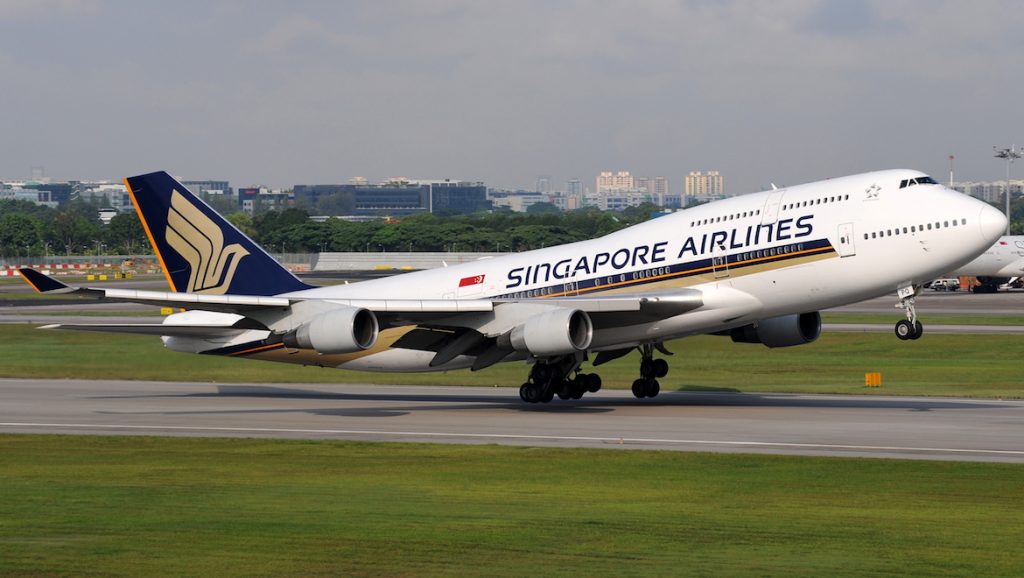
The SIA Group’s airlines – including Singapore Airlines, SilkAir and Scoot – together recorded a 99.6 per cent year-on-year decline in passenger carriage in May when compared with the same month in 2019.
The severe decline in RPK was caused by the ongoing COVID-19 pandemic, which has seen global border shut down and the implementation of strict travel restrictions, which still remain in place.
Meanwhile, overall SIA Group’s passenger capacity (measured in available seat kilometres) was cut by 96.2 per cent, as the airlines cut capacity in response to dwindling passenger demand.
Passenger load factor (PLF) – calculated by dividing RPK by the available seat kilometres – fell to 8.6 per cent.
Flagship carrier Singapore Airlines’ capacity was 95.6 per cent lower compared with the same period last year, with only a skeletal network in operation connecting Singapore to 14 metro cities, while passenger carriage declined 99.5 per cent, resulting in a PLF of 9.2 per cent.
According to SIA Group, the number of destinations, as well as the frequencies on some existing services, will be increased in June and July 2020, arising from the resumption of transfers via Changi.
Meanwhile, SilkAir’s passenger carriage decreased by 99.8 per cent against a 99.6 per cent cut in capacity and its PLF declined to 31.7 per cent. During the month of May, SilkAir only operated flights between Singapore and Chongqing.
Scoot’s passenger carriage declined 99.9 per cent against a contraction in capacity of 97.5 per cent, resulting a PLF of 2.7 per cent. Over May, Scoot temporarily ceased operations to south-east Asia, west Asia and Europe, while maintaining flights to Hong Kong and Perth.
However, the group’s cargo load factor (CLF) was 14.4 percentage points higher than the previous year, as the capacity contraction of 61.9 per cent outpaced the 52.8 per cent decline in cargo traffic.
According to SIA Group, the cargo capacity contraction would have been much greater, save for the deployment of passenger aircraft on cargo-only flights, resulting in all regions registering improvements in CLF.










